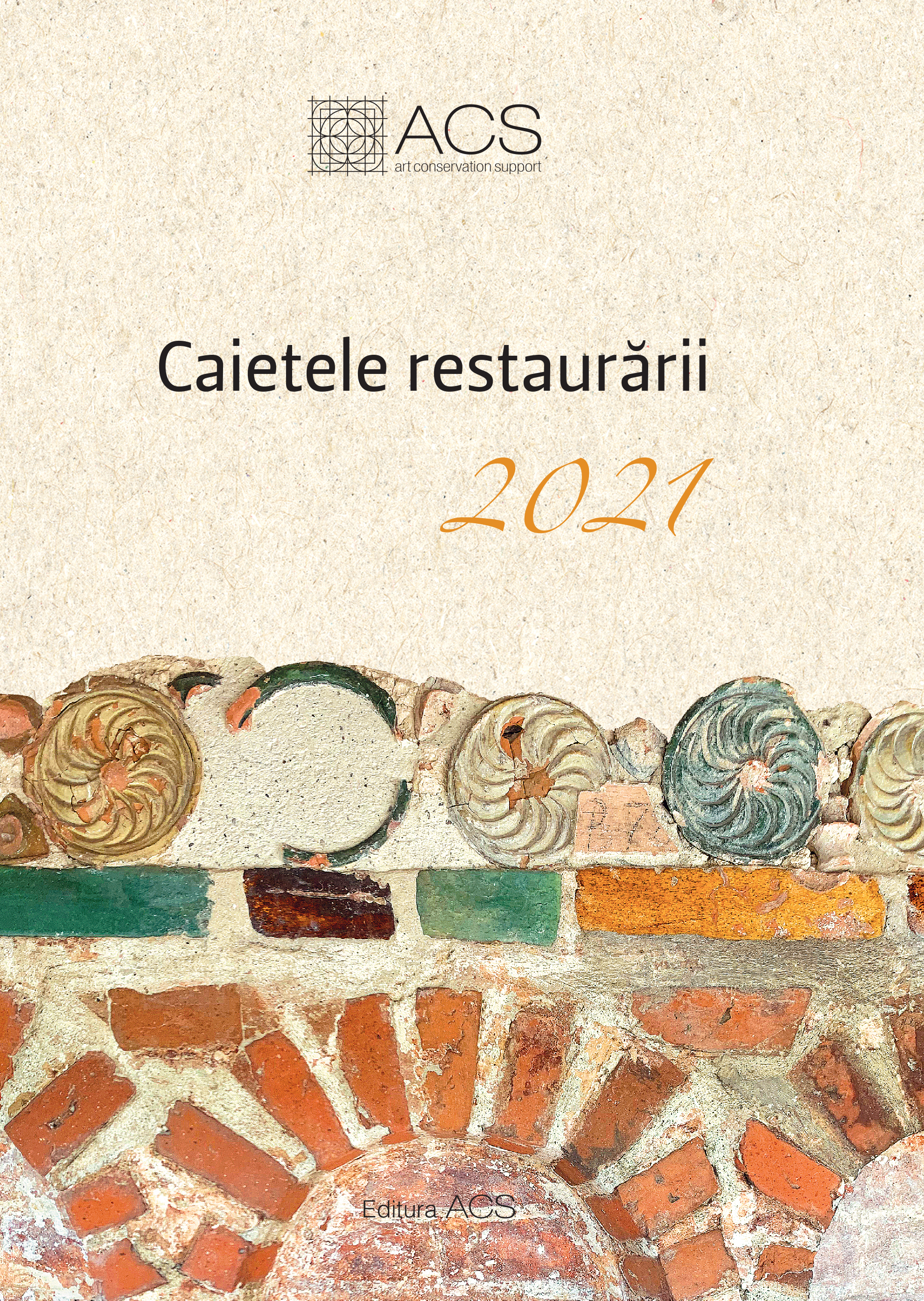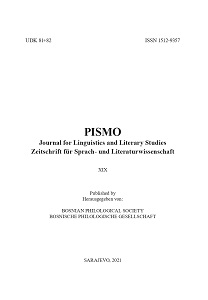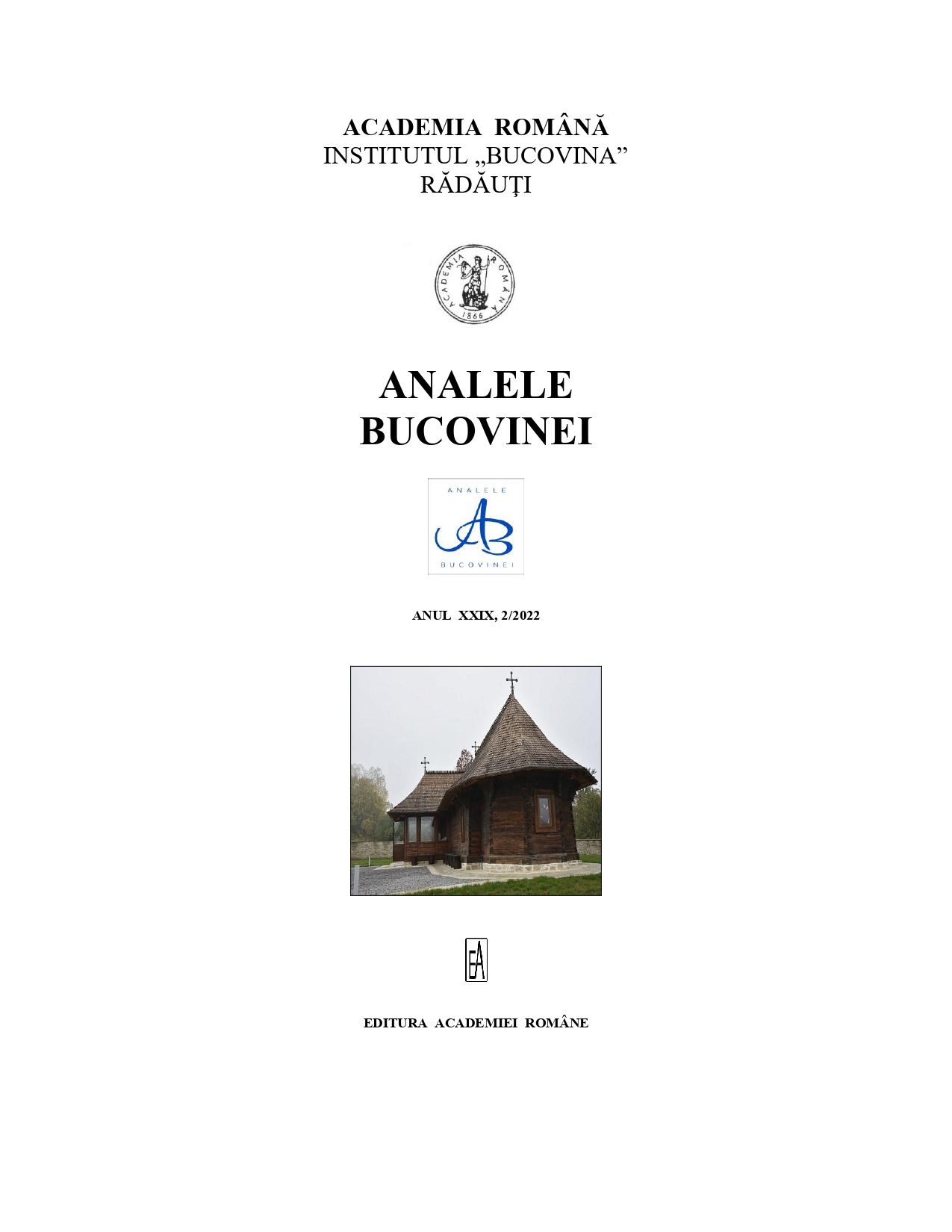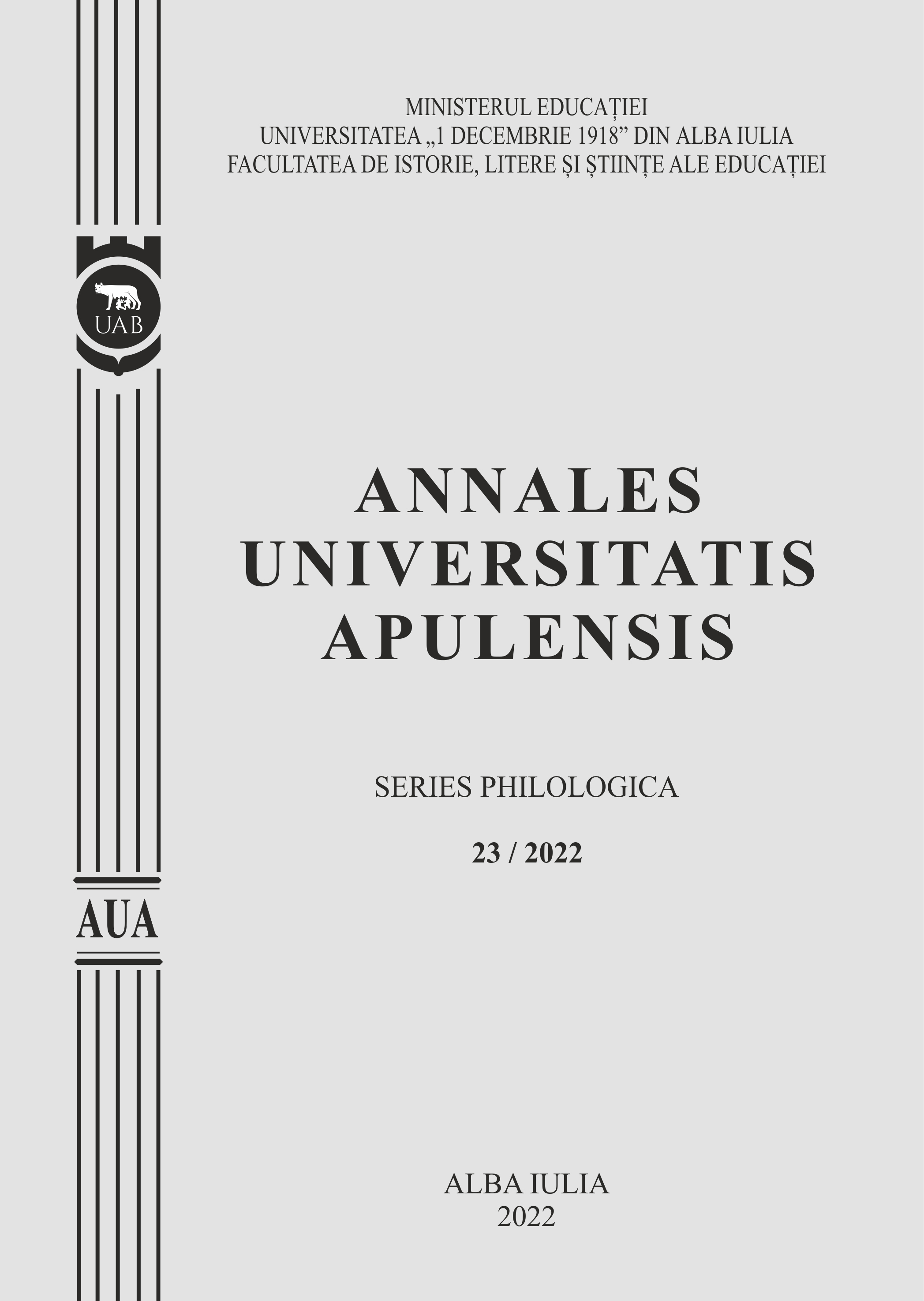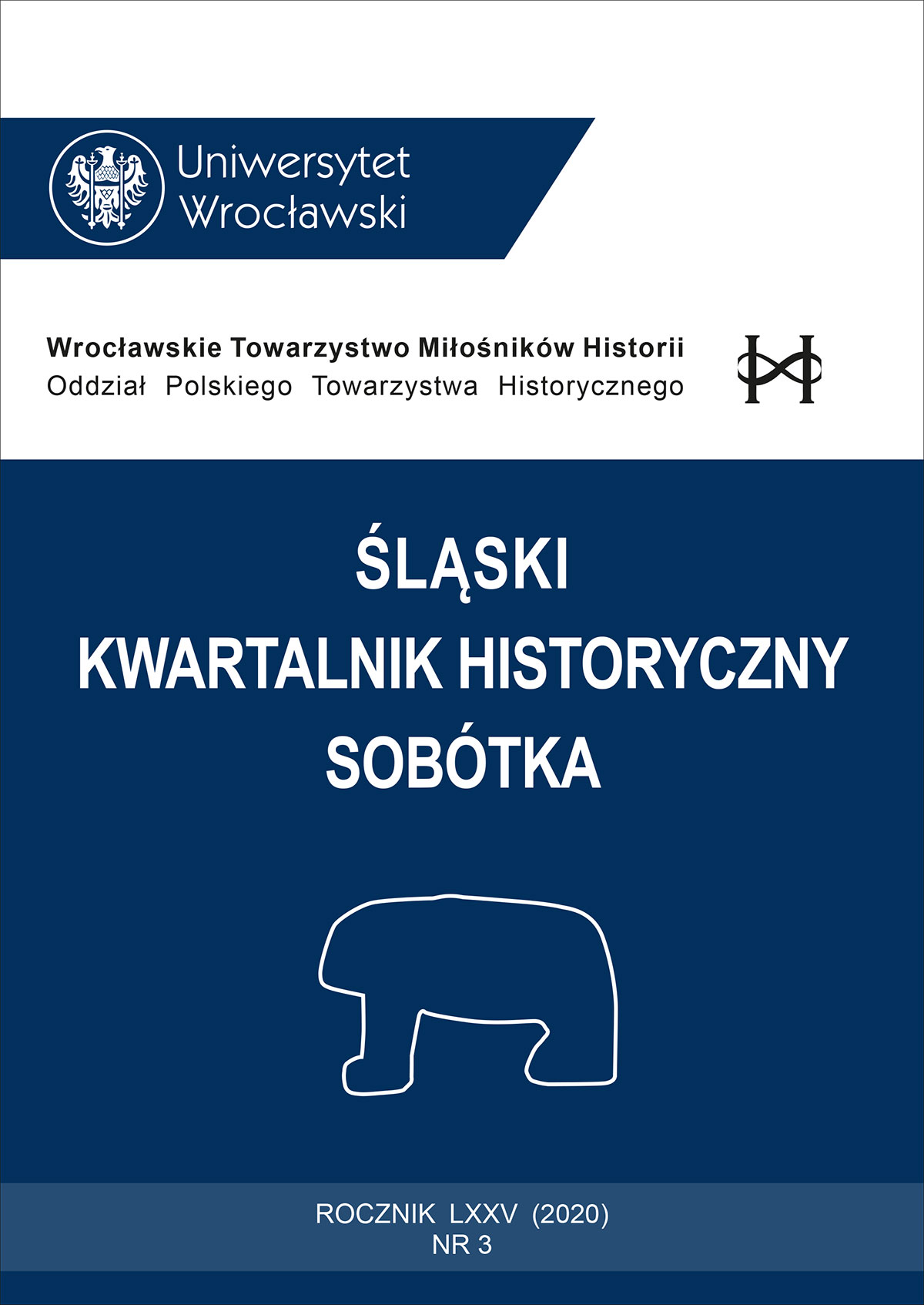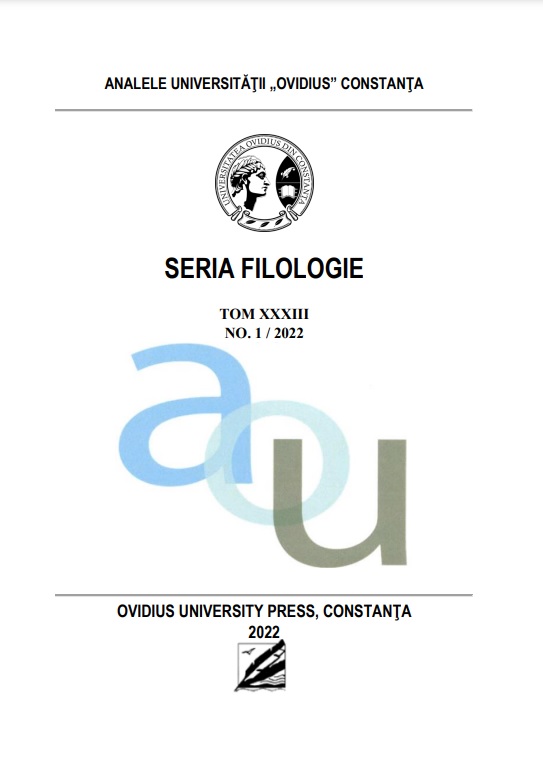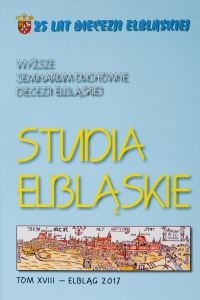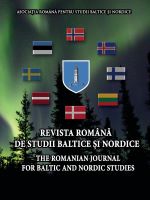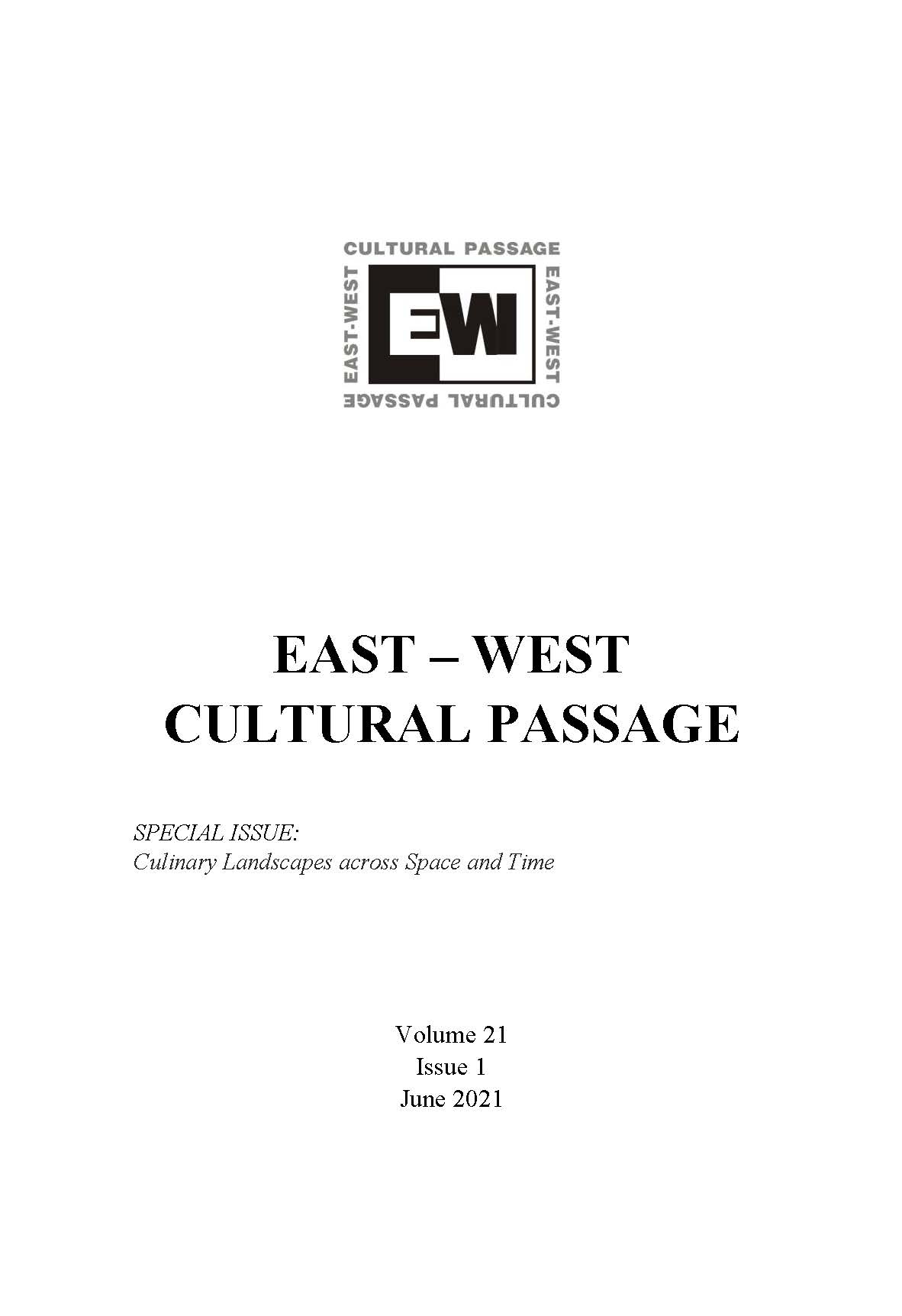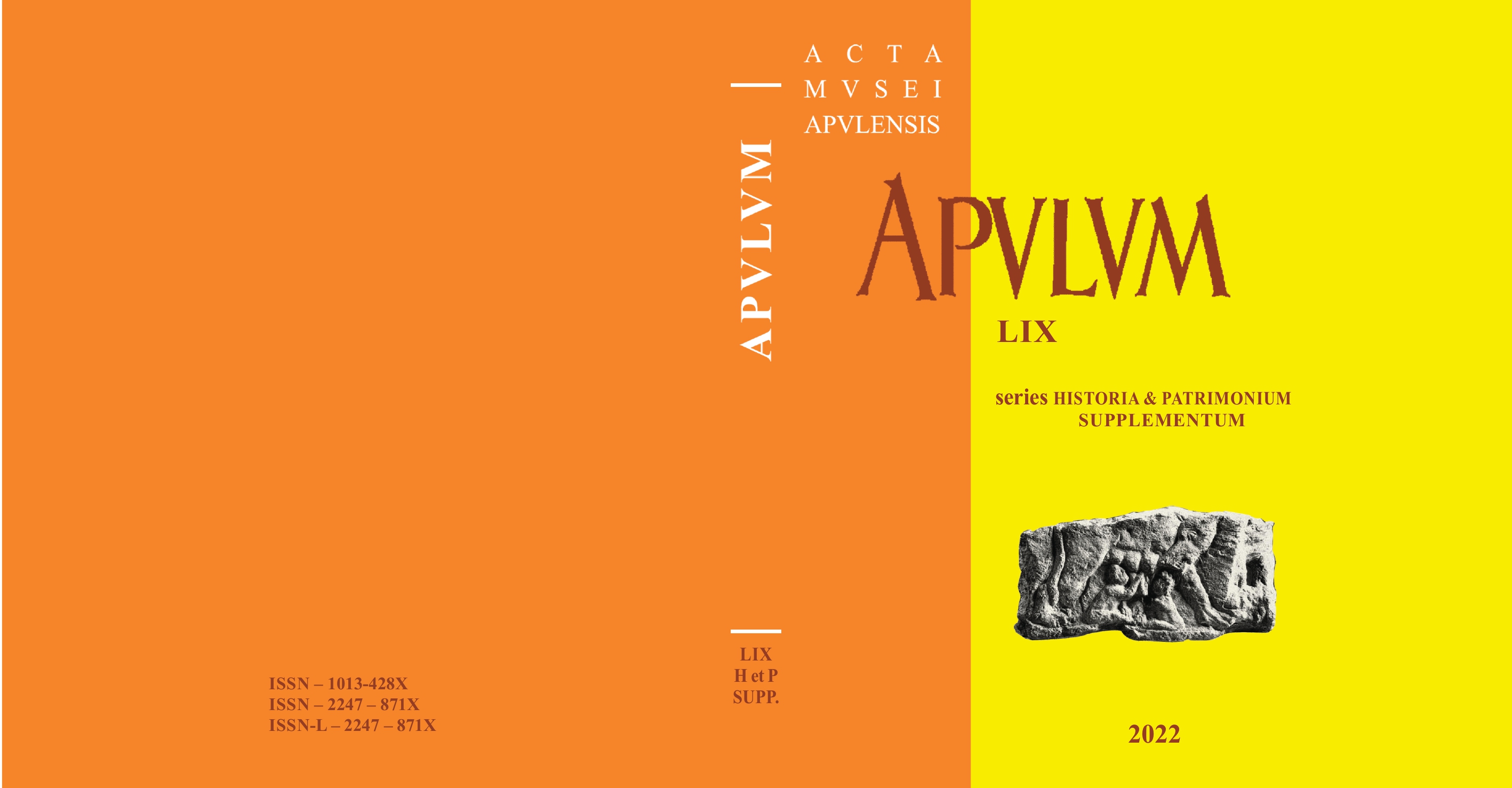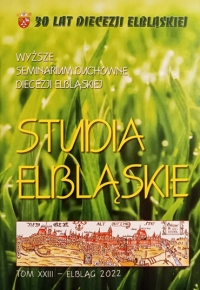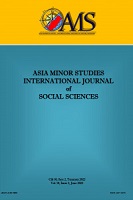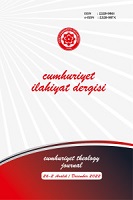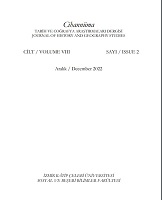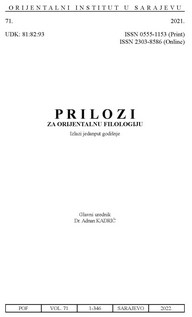Varemed ja aiad. Barokk-kirjanduse esteetika Bernard Kangro Tartu-romaanides
Up to the present, Bernard Kangro’s Tartu novels („Springs of Ice” 1958, „The River Emajõgi” 1961, „Tartu” 1962, „The Stone Bridge” 1963, „The Black Book” 1965, and „Whirlwind of Fire” 1969), regarded as the core of his prose fiction, have been examined through a paradigm of literary movements. The goal of this article is to supplement and specify these so-called canonical treatments by an examination of the characteristics of baroque aesthetics as seen in Kangro’s last five Tartu novels. Among the features attributed to baroque literature are spatial representation of time, syncretism, a coexistence of different levels of meaning in a work, playfulness, and allegory. The allegorical scenes in Kangro’s Tartu novels create a particular dimension of timelessness, using situations that extend beyond the boundaries of the time of historical reality. The article provides a close analytical perspective on five allegorical scenes entitled Poor Yorick!, The Dance of the Flowers, The Garden, Spirit-Burning, and Ruins. The principal point of departure is the theory of allegory as articulated in Walter Benjamin’s habilitation thesis The Origin of German Tragic Drama (Ursprung des deutschen Trauerspiels, 1928). According to this theoretical approach, allegory is the form of expression specific to the age of the Baroque, which Benjamin sets in opposition to the classicist symbol. For Benjamin, the aesthetic symbol represents a totalizing, unifying, harmonizing image that falsifies historical experience; allegory, on the contrary, foregrounds historical experiences that are premature, and that cause sadness and torment, allowing to speak of history as the suffering of the world. In the allegorical scenes of Kangro’s Tartu novels, which seem to function as windows in the novels’ basically realistic space, characters „awaken” from sleep and become able to see the time they are living in, a time that remains „invisible” and incomprehensible to them in the reality represented by the base text of the novel. By means of the allegorical way of seeing, Kangro seems to succeed best at transmitting the feeling of living the time he depicts, the years of the Second World War, and to show history as not being a continual, unshakable, and straightforward chain of events, thus differing radically from the attempt of one of his characters, Soviet historian Naatan Üirike.
More...
